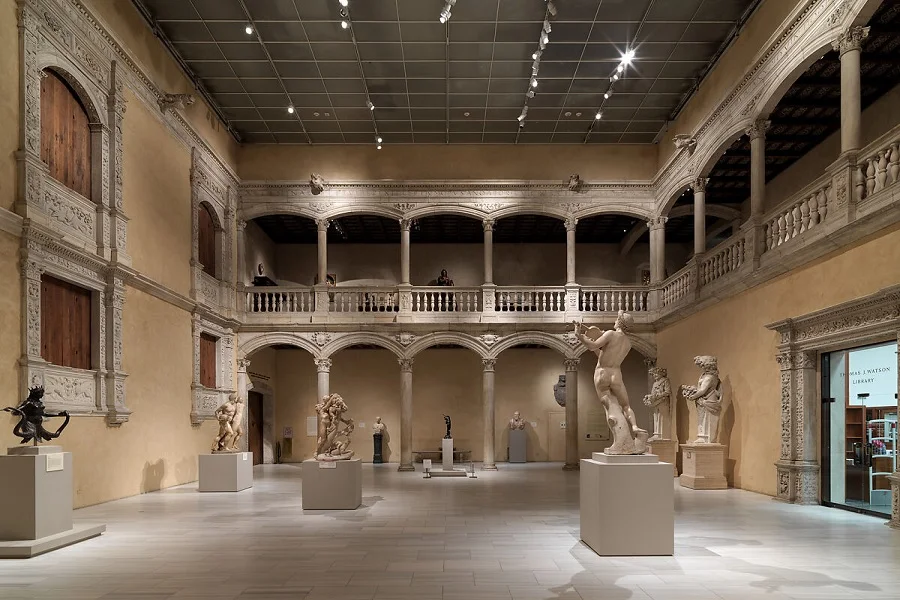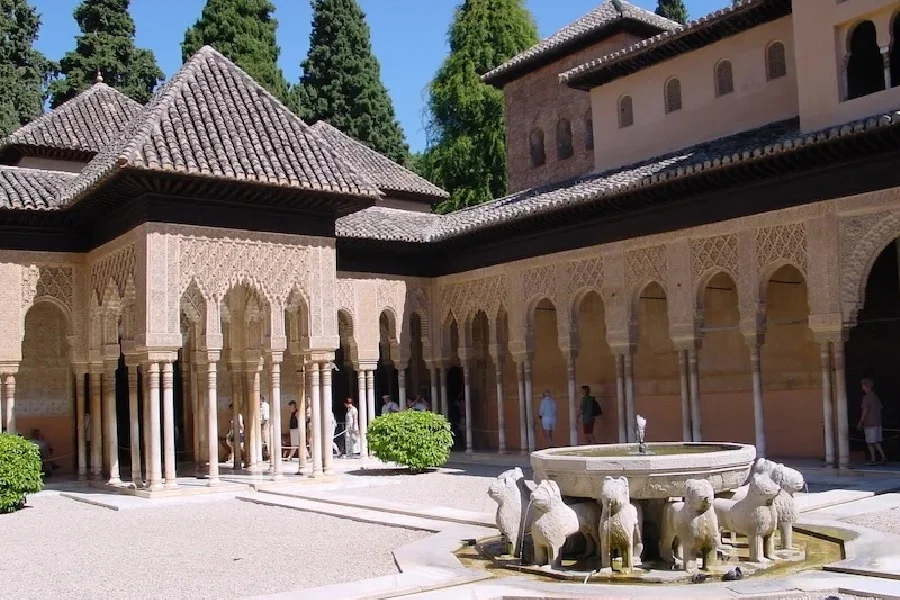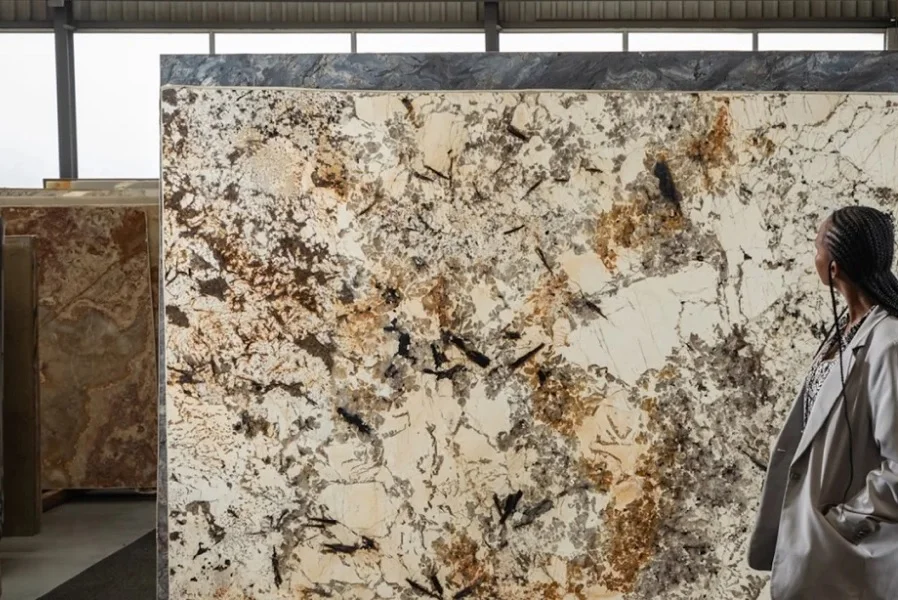
History Of Marble In Spanish Architecture
To walk through Spain is to walk through a living museum of architectural history, and much of that history is carved in stone. The story of this nation—its conquests, faiths, and artistic revolutions—can be read in the polished floors of its palaces and the soaring columns of its cathedrals. Marble is the narrative thread connecting these epochs, a material chosen time and again to express power, piety, and unparalleled beauty. This article journeys through the rich and enduring history of marble in Spanish architecture.
The First Chapter in the History of Marble in Spanish Architecture

The story begins with the Romans. When they established the province of Hispania, they brought with them not only their laws and language but also their architectural ambition. For the Romans, marble was the ultimate material for projecting imperial power and cultural sophistication. They were the first to utilize the Iberian Peninsula’s vast stone resources on a monumental scale, establishing a tradition of marble craftsmanship that would echo for millennia. Their work laid the literal and figurative foundation for the entire history of marble in Spanish architecture.
Grandeur in Public Works: Theatres and Temples
Nowhere is the Roman legacy more visible than in the city of Mérida, the former capital of Lusitania. Its magnificent Roman Theatre, built in the 1st century BC, is a testament to their engineering prowess. The grand stage front is adorned with columns crafted from bluish-veined marble, housing statues set in ornate niches. This was more than decoration; it was a clear statement of Roman dominance and cultural permanence, a style replicated in temples, forums, and villas across the peninsula.
The Establishment of a Quarrying Legacy
The Romans were not just master builders but also expert logisticians. They identified and systematically exploited Spain's rich marble deposits, particularly in regions like Almería and the Pyrenees. They developed the techniques for quarrying massive blocks and transporting them across great distances. This industrial-scale operation not only supplied their own ambitious projects but also created a skilled labor force and a culture of stonework that would become a permanent part of Spain's identity.
The Moorish Touch: An Era of Intricate Marble Artistry
Following the decline of the Roman Empire, a new power rose in the south. The Moors of Al-Andalus brought with them a completely different aesthetic, trading Roman massiveness for an architecture of exquisite detail, mathematical precision, and ethereal beauty. In their hands, marble was transformed from a symbol of imposing power into a canvas for delicate artistry. This period represents one of the most breathtaking chapters in the history of marble in Spanish architecture, where stone seemed to defy its own weight.
The Alhambra: A Symphony in Stone
The Alhambra palace in Granada is the pinnacle of Moorish design. Here, marble reaches its most poetic expression. In the famed Court of the Lions, twelve stylized marble lions support a magnificent central fountain, a masterpiece of sculpture and hydrology. The courtyard is surrounded by a forest of 124 slender columns made of pure white marble from Macael, a nearby quarry prized for its quality. The columns are so delicate they appear almost weightless, supporting intricate stucco archways and creating a sublime play of light and shadow.
More Than Structure: Marble as a Canvas for Detail
For Moorish artisans, marble was not merely a structural element. They used it for intricately carved latticework screens (celosías) that filtered light beautifuly, and for cool, polished floor tiles laid in complex geometric patterns. The cool touch of marble also served a practical purpose in the hot Andalusian climate, used in fountains and reflective pools that were central to the design of courtyards and gardens, blending architectural beauty with environmental comfort.
Renaissance to Baroque: The Rebirth of Classical Splendor

After the Reconquista, Spain’s Christian monarchs sought to project a new era of unified power and unwavering faith. They turned back to the classical language of architecture, and marble once again became the material of choice to convey permanence, wealth, and divine authority. This period saw the construction of some of Spain’s most imposing and solemn structures, where marble was used on a scale not seen since the Romans, defining the next phase in the history of marble in Spanish architecture.
Royal Palaces and Monasteries: Symbols of Power
King Philip II’s Royal Monastery of San Lorenzo de El Escorial is the ultimate expression of this era. A vast, austere complex, its interior is a showcase of marble's solemn beauty. It was used for the grand flooring, the high altar, and most famously, the Royal Pantheon—a stunning octagonal chamber where Spain’s kings and queens are laid to rest in ornate marble and bronze sarcophagi. Here, marble creates an atmosphere of eternal, imposing grandeur. Key uses during this time included:
· Intricate inlaid floors combining different colored stones
· Ornate altarpieces, pulpits, and liturgical furniture
· Elaborate sculptural tombs for royalty and high-ranking clergy
The Continuing History of Marble in Spanish Architecture
As centuries passed, Spanish architects continued to innovate, and their relationship with marble evolved. The 20th century and the dawn of Modernism brought a fresh perspective, moving away from historical imitation to explore new forms and ideas. This ancient material proved to be remarkably versatile, adapting to the clean lines of contemporary design while retaining its inherent sense of luxury, thus continuing the long and storied history of marble in Spanish architecture.
Marble in Contemporary Spanish Design
Today, Spanish marble remains a prized material for architects both within Spain and across the globe. The historical legacy continues in contemporary design, where products like the world-famous Crema Marble are used to create sleek, minimalist interiors. Architects use it to create monolithic forms that celebrate the stone's natural beauty, proving that its appeal is truly timeless and adaptable to modern aesthetics. Key modern applications include:
· Ventilated facades on landmark buildings, using stone for both beauty and energy efficiency
· Polished, large-format tiles for creating seamless, luxurious floors in modern homes
· Minimalist, monolithic kitchen islands and bathroom vanities carved from a single block of stone
Bring a Piece of Spanish Legacy into Your Home with FMA MARBLE
From Roman forums to Moorish palaces and modern masterpieces, the history of marble in Spanish architecture is a story of enduring beauty and masterful craftsmanship. This incredible legacy is not confined to the pages of history books or grand monuments. At FMA Marble, we bring this tradition of timeless elegance directly to you. Explore our curated collection of premium Spanish marbles and let our experts help you craft a space with the same beauty and permanence that has defined centuries of design.
Frequently Asked Questions
What are the most famous types of Spanish marble?
Crema Marfil (a creamy beige) and Nero Marquina (a deep black with white veins) are world-renowned. Macael White also has a rich historical significance.
Was marble only used for palaces and cathedrals?
Historically, its expense limited it to prestigious projects. Today, technological advances have made it more accessible for residential uses like flooring, bathrooms, and kitchens.
Is Spanish marble a sustainable choice?
Natural stone is a durable, long-lasting material with a low lifecycle cost. Many quarries in Spain operate under strict environmental regulations, making it a responsible choice.



comments
No Comment YetLeave a Comment